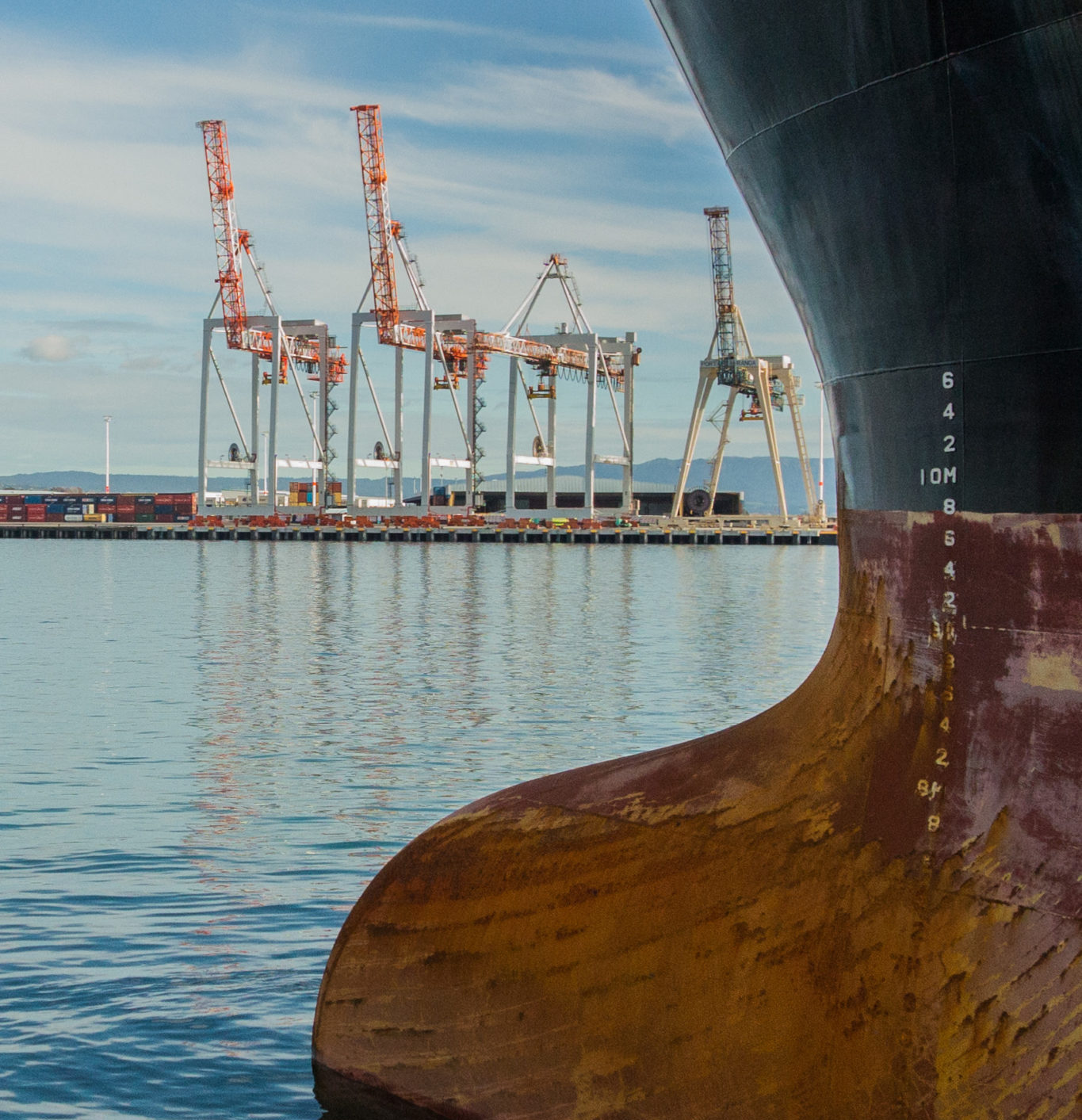IMO Instruments
This page provides an overview of the principal instruments used by the IMO.
List the main types of instruments used at IMO
The main IMO instruments are:
- conventions
- protocols
- resolutions
- codes
- non-mandatory provisions such as in guidelines, etc.
***
A list of amendments to #IMOConventions, in 2021 and thereafter, is available from the International Maritime Organisation website: https://t.co/bmCRoqFQn3#shipping pic.twitter.com/SyssiSuK3Y
— Britannia P&I Club (@britanniapandi) January 8, 2021
What are conventions?
Conventions are the primary instrument used at IMO to regulate the international maritime sphere. They constitute binding agreements, or treaties, between signatory states on the subject of the convention.
Conventions contain articles that establish the formal intentions of states in forming the agreement.
Chapters and annexes then set out the extensive technical details of the regulations as agreed by the parties to the convention.
Conventions are not legally binding until they enter into force, after being ratified by a pre-agreed number of states.
***
What are resolutions?
Resolutions are important documents issued by one of the organs of the IMO. They are result of a final agreement regarding a new requirement or important amendment.
Resolutions are denoted in a particular manner. For example, Resolution A. 893 (21) means:
- A = issued by the Assembly
- 893 is the serial number of the resolution, meaning it is 893rd resolution of that body
- (21) indicates that this resolution was adopted during the 21st session of the Assembly.
***
What are codes and guidelines?
In order to provide leadership to industry on technical and safety matters, IMO must be able to respond quickly to the ever-changing technology and practices. Detailed prescriptive regulations of the conventions are usually contained in instruments such as codes.
Codes contain requirements that are often incorporated by reference into the conventions rather than being directly included in full within the text of the convention itself. This means that codes can be amended more easily, so that they can evolve efficiently together with technical and industry developments.
For example, the ISM Code is incorporated by reference into SOLAS chapter IX.
Guidelines are used to share best practices on topics for adoption by flag states. For example, IMO Res.A.893(21) above is the IMO's GUIDELINES FOR VOYAGE PLANNING.
Codes and guidelines can be either mandatory or recommendatory depending on how they are incorporated into a maritime convention.
***
Principal conventions of the IMO
IMO has supported the implementation of over fifty conventions and protocols and has adopted over one thousand codes and recommendations concerning maritime safety and security, the prevention of pollution and related matters.
Most instruments adopted by IMO fall into major categories:
- Those concerned with maritime safety
- Those concerned with the prevention of marine pollution
- Those concerned with liability and compensation, particularly in relation to oil pollution.
Besides these three main categories, there are several other conventions dealing with the facilitation of maritime trade, measurement of ship tonnage, salvage, and the prevention of unlawful acts against shipping.
IMO instruments most relevant to the ship’s master and related to safety include:
- International Convention for the Safety of Life at Sea (SOLAS), 1974, as amended
- International Convention for the Prevention of Pollution from Ships, 1973, as modified by the Protocol of 1978 relating thereto and by the Protocol of 1997 (MARPOL)
- International Convention on Standards of Training, Certification and Watchkeeping for Seafarers (STCW) as amended, including the 1995 and 2010 Manila Amendments
Other conventions related to maritime safety, security and shipping/port interface include:
- Convention on International Regulations for Preventing Collisions at Sea (COLREG), 1972
- Convention on Facilitation of International Maritime Traffic (FAL), 1965
- International Convention on Load Lines (LL), 1966
- International Convention on Maritime Search and Rescue (SAR), 1979
- Convention for the Suppression of Unlawful Acts Against the Safety of Maritime Navigation (SUA), 1988, and Protocol for the Suppression of Unlawful Acts Against the Safety of Fixed Platforms on the Continental Shelf (and the 2005 Protocols)
- International Convention for Safe Containers (CSC), 1972
- Special Trade Passenger Ships Agreement (STP), 1971 and Protocol on Space Requirements for Special Trade Passenger Ships, 1973.
*** *** *** *** ***
Thanks for reading this far! Have I covered everything? Is there anything I have missed? Please comment below!
New content will be regularly added to TheMasterMariner.com, so please sign up for the latest updates.
